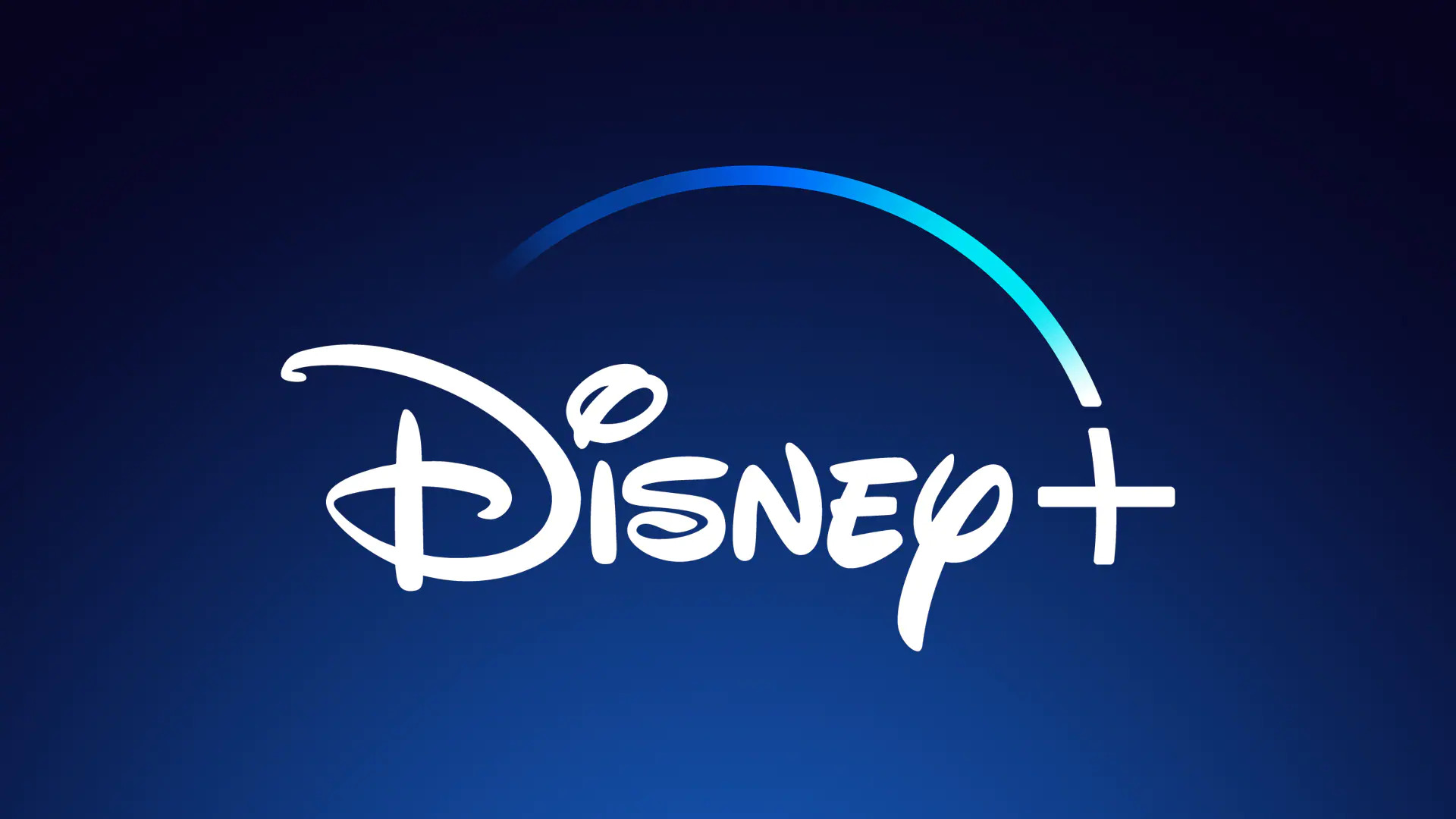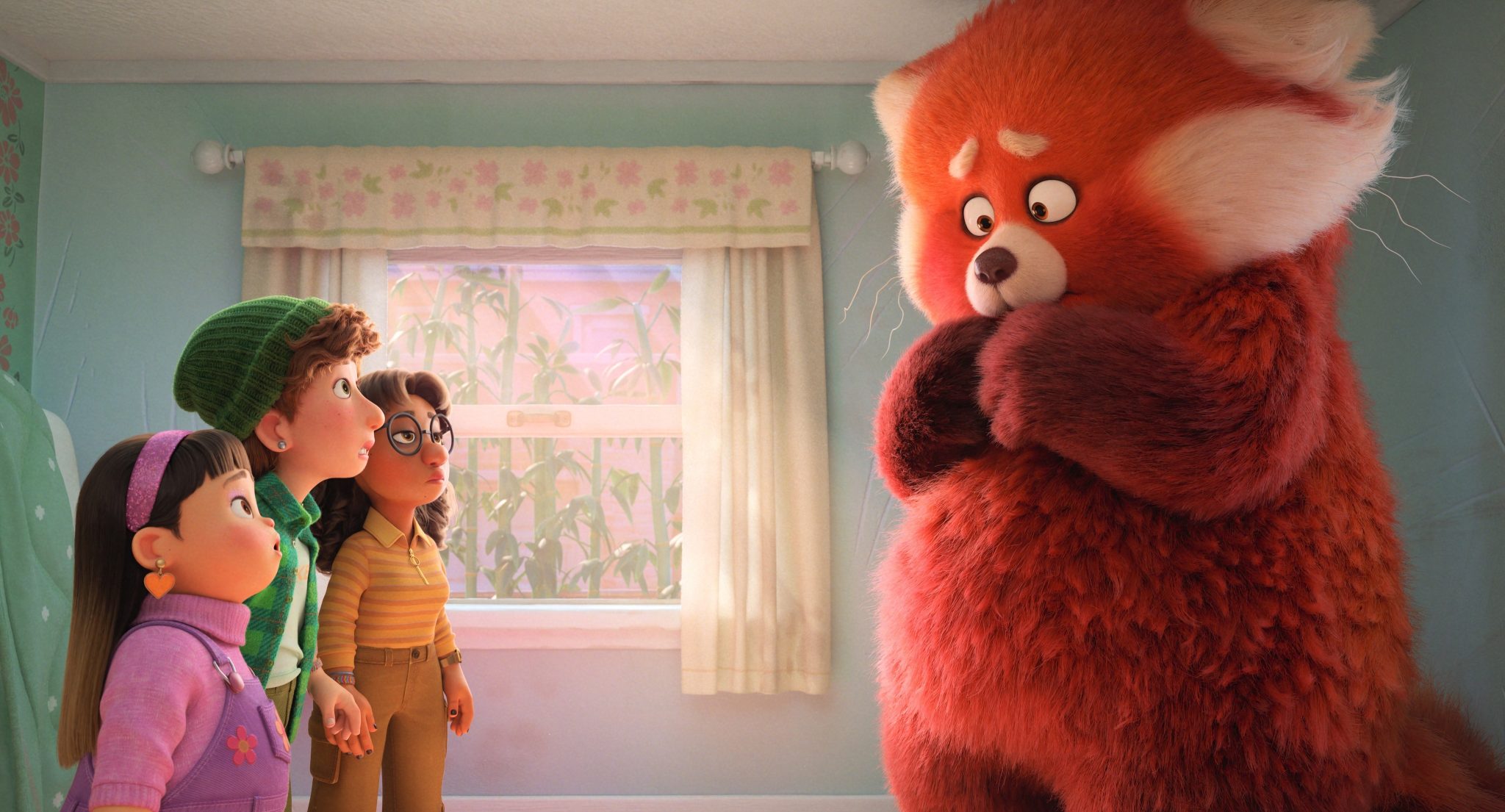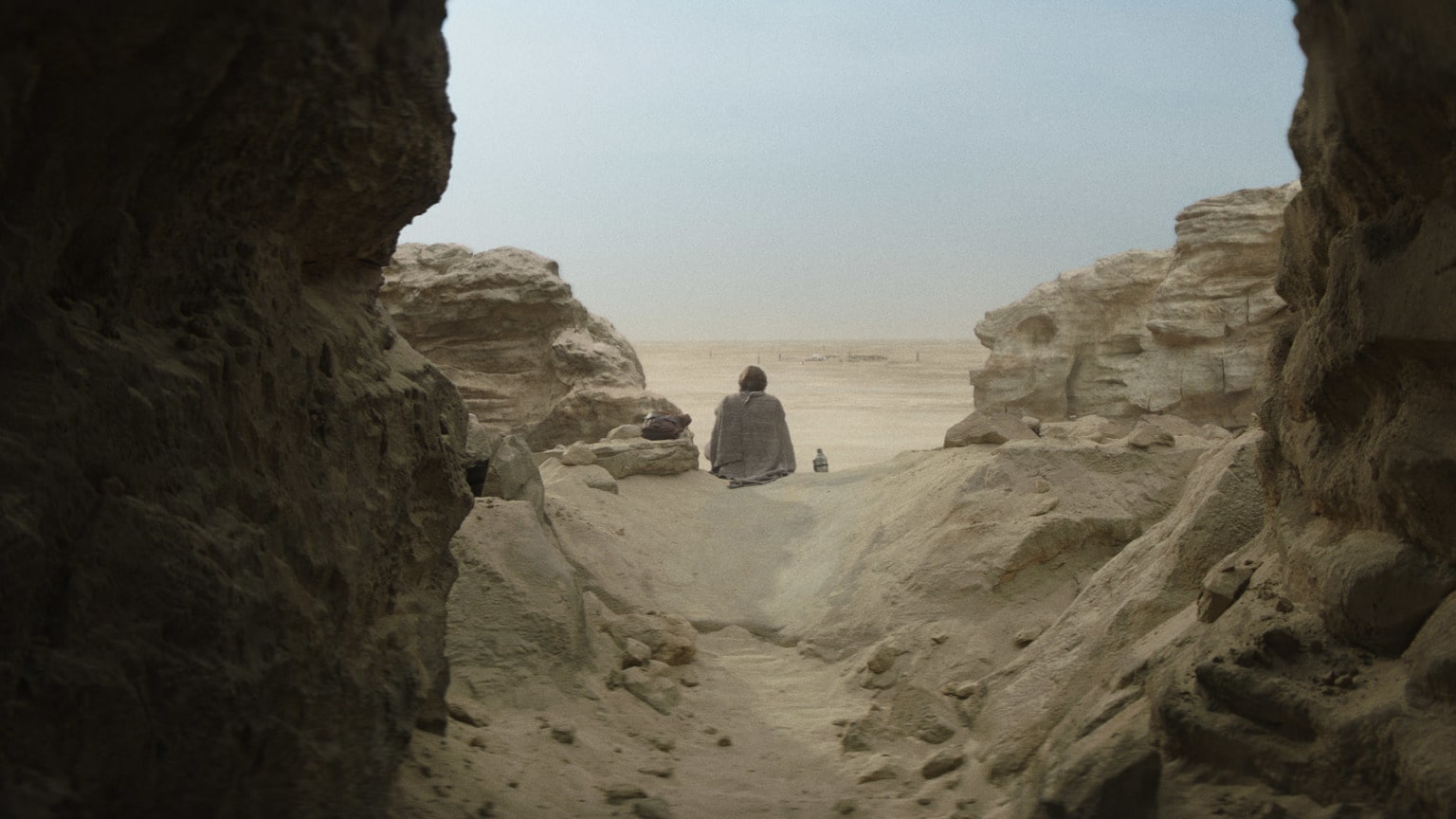
After more than 40 years of operation, DTVE is closing its doors and our website will no longer be updated daily. Thank you for all of your support.
Disney is not giving up on linear… yet

Ever since it announced the shutdown of its linear channels in the UK in late 2020, Disney has made no secret of the fact that its primary focus is on its streaming services.
Less than 12 months ago, CEO Bob Chapek announced plans to shut down more than 100 linear networks internationally by the end of 2021 in an aggressive scale-back of its traditional TV business. Prior to that announcement, the company shut down 18 linear networks in Asia as it continued to ramp up the distribution of Disney+ in the region.
However this week in a curious change from type, Disney signed a deal with Vodafone in Spain to renew carriage of its channels in the country. While networks like Disney Channel and National Geographic have gone off the air in other markets, Spanish viewers will continue to have access for the foreseeable future.
In the same period, Disney also confirmed launch dates for Disney+ in 42 countries and 11 new territories in May and June.
While streaming is evidently the focus for Disney, the company apparently is not ready to completely abandon linear channels in what will be a welcome relief for pay TV operators.
Streaming is the focus, but money talks
In a relatively short period of time, Disney has established itself as one of the top handful of streaming operators in the world.
In Q1 2022 alone, the company added 11.8 million Disney+ subscribers for a global total of 129.8 million subscribers. A significant part of that total comes from Disney+ Hotstar, which operates in markets such as India, with 45.9 million subscribers.
And this is without mentioning Hulu and ESPN+ which between them add an extra 75-plus million subscribers.
This translates to Q1 2022 revenues of US$4.7 billion in revenue for Disney’s direct-to-consumer business. That’s an increase of 34% from the same period in 2021, for those keeping track.
But while the undoubted focus is on rapid streaming expansion, the fact remains that Disney still makes more money from its linear business despite shuttering over 100 channels. Revenue for the linear networks segment stood at US$7.7 billion at the end of Q1, with the unit a couple hundred thousand dollars better off than 12 months prior.
Linear networks was also the sole money-maker for the Disney Media and Entertainment Distribution business, generating US$1.5 billion in operating income during Q1. By contrast, the DTC segment was at a US$593 million operating loss, while the ‘Content Sales/Licensing and Other’ unit suffered operating losses just shy of US$100 million.
Simply put, Disney is yet to see a return on its heavy investment in streaming.
A significant part of this financial differentiation is largely down to where those different units are at in their lifespans.
It makes sense that the linear business is not losing money because Disney is no longer investing much in that segment, and it is in a period of consolidation. Meanwhile, Disney’s heavy investment in streaming – from its regional expansions to big-budget productions like the upcoming Obi-Wan Kenobi miniseries – means that we should not expect to see profitability here for quite some time.
Disney is not alone in this of course, few companies at this stage are actually turning a profit from their streaming businesses. Netflix ended its financial year with quarterly operating revenues of US$632 million, but it is the market leader and the likes of Disney and Paramount are all spending hundreds of millions at break-neck speed as they play catch-up
Stability and continuity
With the financial side of things in mind, it is then of little surprise that Disney is yet to fully give up on its linear business. Streaming may be the long-term future for the company, but its entertainment division cannot solely depend on it at present.
This is partly why Disney also still distributes titles theatrically (though the recent trend of putting films from animation studio Pixar directly on Disney+ indicates that the company is willing to forgo potentially billions in box office sales). The seemingly evergreen cash cow of the Marvel cinematic universe has dominated the global box office for over a decade at this point, and it would take a dramatic change in consumer tastes for that run to end any time soon. Shifting those titles to Disney+ may be a boon to subscriber numbers, but the ultimate guarantee of box office sales wins out from a purely financial perspective, despite the uncertainty that still lingers around cinemas in a post-pandemic world.

Pixar’s Turning Red is the most recent film initially slated for a theatrical release that eventually became a Disney+ streaming exclusive
What these ‘legacy’ elements provide for Disney is an element of stability, and allows it to heavily invest in its streaming business while retaining a steady flow of income from other areas like its theme parks division (which itself experienced a 100%+ growth in 2021 for self-evident reasons).
This latest deal in Spain with Vodafone is the latest evidence of this in practice. The deal sees continued carriage of Disney’s linear channels, but also covers streaming services FOXNOW and National Geographic Now.
It’s also worth mentioning that the continued support from a major player like Disney is also helpful for pay TV operators who have spent years seeing users cut the cord in favour of streaming services. This phenomenon is such that Sky has repositioned itself from just being a pay TV operator to an overall content aggregator, with Sky Glass as the greatest evidence of that being the prevailing strategy for operators.
It remains to be seen what Disney will do if and when its streaming business surpasses linear in terms of revenue, but the two will continue to coexist at least for the foreseeable future.



